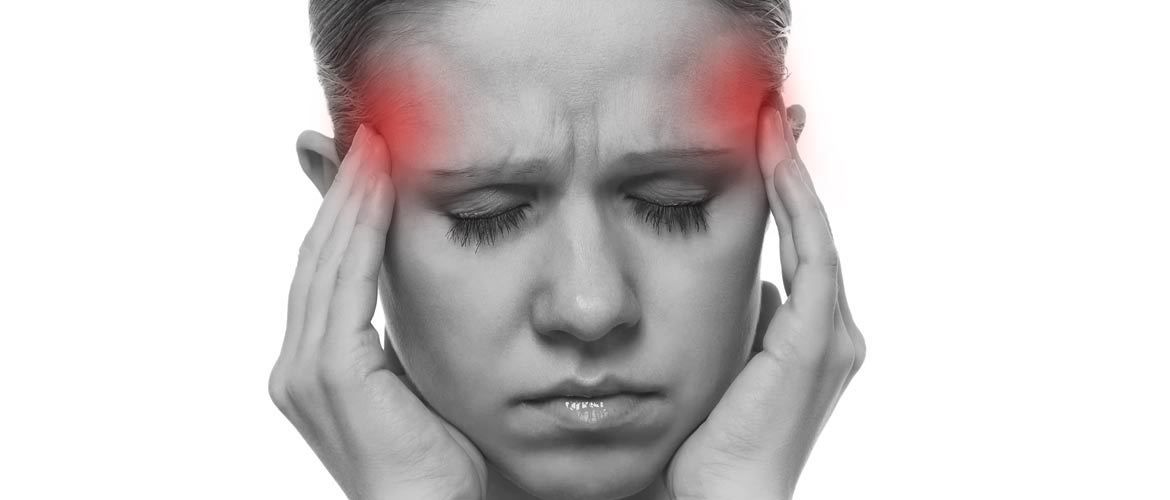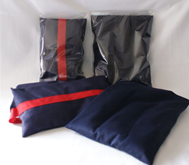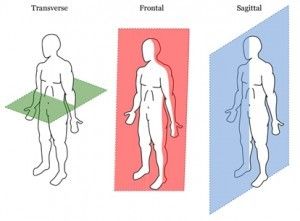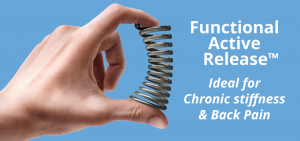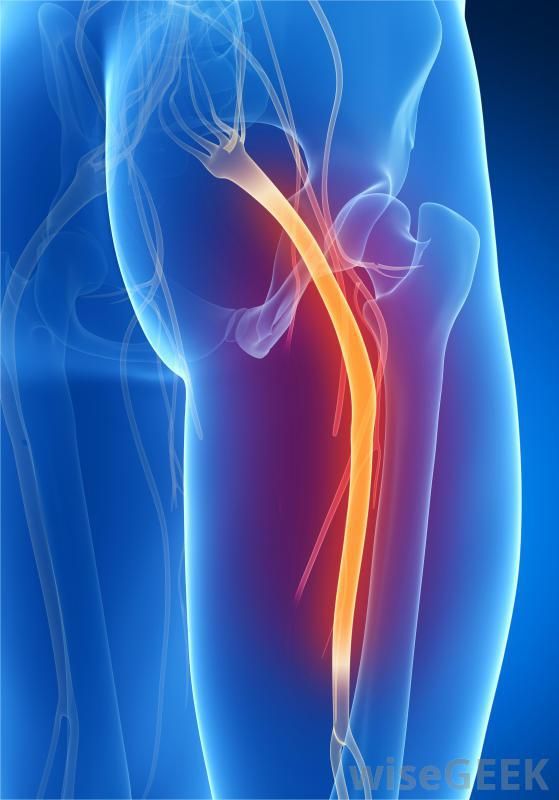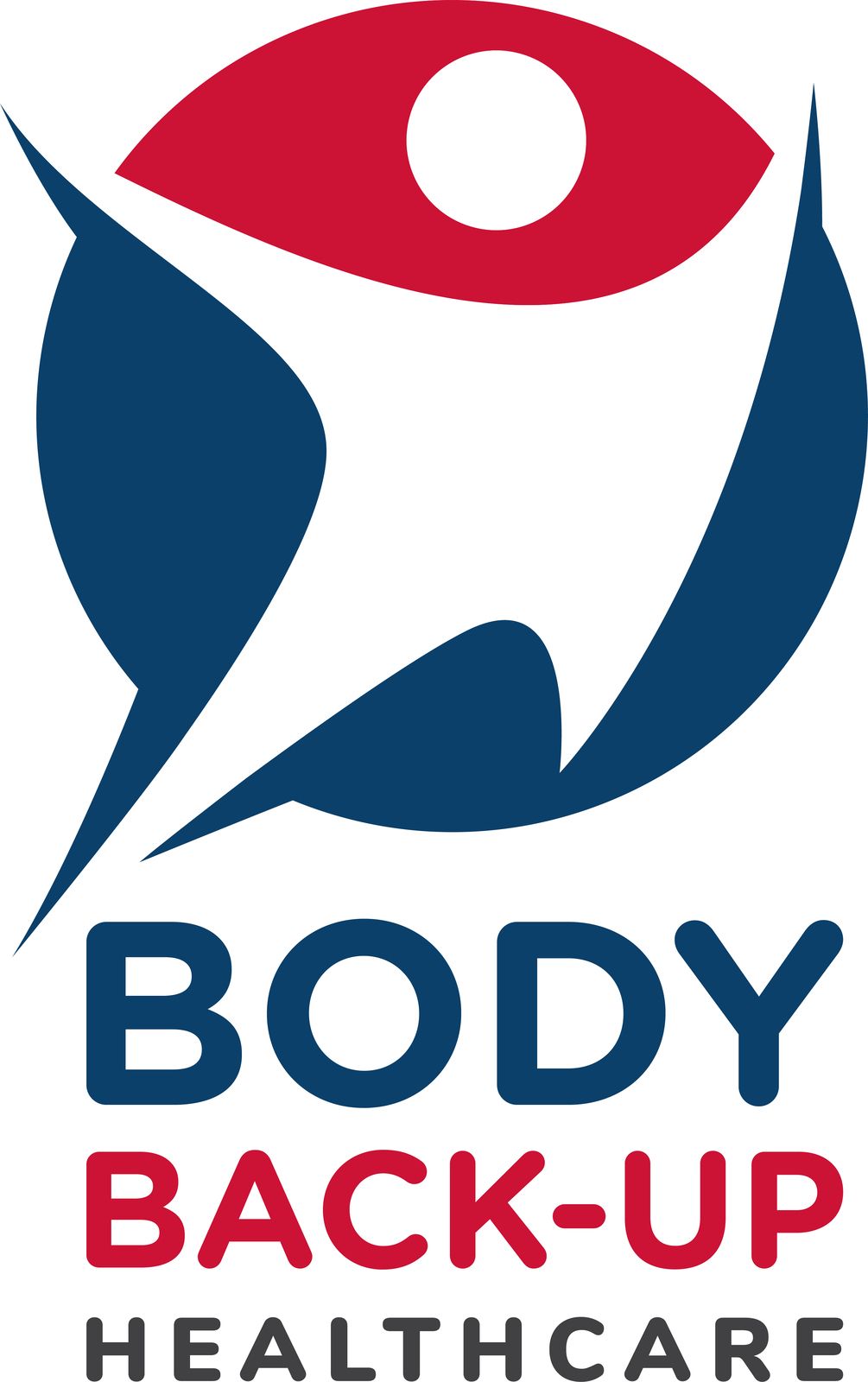Discover Osteopathy Health Consultancy & Rehabilitation specialists's posts
Osteopathy Health Consultancy & Rehabilitation specialists's posts

10 Episodes
Reverse
Back pain is common.
It is estimated that 80% of adults will experience back pain at some point in their lives.
As age increases the number of people suffering as a percentage increases too. Peaking at the ages of 35-55 years.
In 85% of cases there is no clear pathology behind the back pain.
The risk factors most likely to contribute to back pain are; age, weight, sedentary lifestyles, repetitive lifting, bending, reaching, straining, pulling, vibrations, stress, anxiety, depression and smoking.
90% of people with acute back pain will recover in 6 weeks, but 8% will go on to develop chronic back pain conditions.
The NHS spends around £1 billion on back pain costs a year. Privately we spend over £550 million on it per year.
It is estimated that employers loose £590 million a year due to back pain related illness. The UK is not alone in this and it is the 2nd most common reason for work absence. In any one day 1% of the population will be off due to back pain.
Back pain, in particular when persistant, can have a significant impact on people’s lives. It frequently reduces their quality of life and adversely affects their family and social relationships.
40% of people who suffer will see their GP about it and 10% will see an osteopath, physio or chiropractor.
Keeping active as soon as it is possible is key.
Around 35,000 people will see an osteopath every day. Of these, 54% of all new patients are seen within a day of their initial phone contact and nearly all are seen within a week.
Public surveys indicate that 85% of people felt that osteopathy should be in on the NHS. In most areas it is only available privately at varying costs. Private medical cover will generally cover osteopathic appointments.
Posture & Flexibility
The joints and muscles of the human body become accustomed over time to the way in which we use them. As a result of poor sleeping habits, sitting positions or driving style, anyone can easily develop bad posture. Bad habits can cause a compromise within the body that leads to inefficiency; the result being pain, stiffness and dysfunction.
Once such postural disruption has occurred the treatment may take time. Sudden postural change can make the condition worsen initially, as the body re-learns an improved and less demanding pattern of use.
Muscles and joints that become locked into damaging postural habits need careful encouragement using manipulation and muscular release. Often remedial exercises are also required to help the body adapt and be more flexible.
Osteopathy is a safe and effective form of Primary Health Care.
We are now Allied Health Practitioners recognised by NHS England
We first explore you presenting symptoms and concerns during a detailed case history.
This takes perhaps half your first consultation – but is critical to move forwards.
Gathering this information and developing an understanding of your health history as well a detailed physical examination helps us form a time line and frame for what is wrong
We then explain what we feel is going on, in the context of your broader lifestyle at work, rest and play – and how much we feel we can help, or what referral might be needed.
We will help you understand all the contributing factors to your case to help you engage with the process of getting better and what changes you might need to make.
We may provide tailored individual exercises, at the right time, to help you improve.
We will also advise you on how you perform sports and exercise that you already do.
Our Osteopaths will explain to you:
Why you are in pain
How long your recovery should take
How many treatments you should need over what period
When it is ideal to return to full physical activity
When it is most appropriate to be referred to another professional
**Posture & Flexibility**
The joints and muscles of the human body become accustomed over time to the way in which we use them. As a result of poor sleeping habits, sitting positions or driving style, anyone can easily develop bad posture. Bad habits can cause a compromise within the body that leads to inefficiency; the result being pain, stiffness and dysfunction.
Once such postural disruption has occurred the treatment may take time. Sudden postural change can make the condition worsen initially, as the body re-learns an improved and less demanding pattern of use.
Muscles and joints that become locked into damaging postural habits need careful encouragement using manipulation and muscular release. Often remedial exercises are also required to help the body adapt and be more flexible.
**Osteopathy is a safe and effective form of Primary Health Care.**
**We are now Allied Health Practitioners recognised by NHS England**
We first explore you presenting symptoms and concerns during a detailed case history.
This takes perhaps half your first consultation – but is critical to move forwards.
Gathering this information and developing an understanding of your health history as well a detailed physical examination helps us form a time line and frame for what is wrong
We then explain what we feel is going on, in the context of your broader lifestyle at work, rest and play – and how much we feel we can help, or what referral might be needed.
We will help you understand all the contributing factors to your case to help you engage with the process of getting better and what changes you might need to make.
We may provide tailored individual exercises, at the right time, to help you improve.
We will also advise you on how you perform sports and exercise that you already do.
**Our Osteopaths will explain to you:**
* **Why you are in pain **
* **How long your recovery should take **
* **How many treatments you should need over what period **
* **When it is ideal to return to full physical activity **
* **When it is most appropriate to be referred to another professional**
**Describing your pain**
The person who can best describe their pain is you!
* **Stabbing pain?**
* **Shooting pain?**
* **Dull ache?**
* **Constant nagging?**
Your description also gives an indication as to how you feel about the pain.
Having a new severe pain or unaccustomed less severe pain can be quite worrying.
This is especially apparent when the reason for the pain is unknown to you.
**Pain Patterns**
Many problems reoccur in episodes over some months or years. Over time, the frequency of these episodes may increase and spur the sufferer to take action. It may be that each episode becomes more severe and lasts for an increasing amount of time.
Looking at the daily pattern of symptoms may give an indication that you require treatment, stretching exercises and some individual advice concerning seating posture, pillows or your bed, etc.
Some people find that their problem is worst first in the morning with painful stiffness that is eased by activities during the day, but with pain returning towards the end of the day.
Others find that they have no problem first thing in the morning, but that their problem gets worse gradually all day.
Some individuals find their symptoms fluctuate during the day according to the types of activities they undertake.
Many people suffer a low level of background ache for much of the day, which may occasionally exhibit sharper levels of pain dependent on the activity they undertake.
Few people find that their symptoms remain at a high-level for much of the day, and are even woken at night by their pain.
**Pain and its affects on daily life**
With long-standing muscular or joint pain and stiffness, it is very possible that your life style may become affected.
Certain jobs around the house are put off.
You may have to reduce your sporting activities for fear of injury.
Your working day may become uncomfortable and less productive.
The people around you begin to notice that your tolerance to the demands of daily life has reduced considerably.
You may then begin to realise that it may be time to do something to try and improve your condition.
Undertaking treatment and following individually prescribed advice may not only reduce your symptoms but also have wider beneficial effects on your everyday home, work and recreational time.
**Pain can affect your mood**
Pain can play a large part in your mood.Suffering pain can certainly change your inner strength and alter the normal drives that allow you to meet the challenges of modern life.
Muscular and joint pain and stiffness can prevent you from participating in activities that are enjoyable as well as reducing the motivation and capacity for work and sports.
**** Things to Consider to help us take a full and accurate Case History****
* ****Where are your main symptoms? ****
* ****How long have you had them? ****
* ****Are they worsening? ****
* ****What medication do you take? ****
* **What other treatment have you had?**
* ****How are these symptoms affecting your work or leisure? ****
**Suffering from Neck-ache? Muscular Cramps? Muscle aches after Sports? Stiffness? Finding it hard to relax?**
**Product Key Benefits:-**
Microwavable, No Boiling Water!
Fully re-usable, made of all natural filling.
Manufactured by a UK charity finding work for disabled adults.
Handmade and fully finished using high quality cotton durable fabric.
Flexible, so can be wrapped round affected parts of the body.
Give out “warm, moist heat” which is comforting and soothing.
Even heat – thanks to ‘internal pockets’ design.
Can be frozen and used as an alternative form of an ice pack to avoid skin freezer burn.
**Our experience and insight to help you get “Back on Track”**
If you’ve suffered an injury that is keeping you away from your chosen sport, Body Back-Up is here to put you back on track.
Whatever your age or experience, we’ll give you the help you need.
At Body Back-Up, we can help you review your exercise programme in the light of your personal goals, making your stretches more effective and improving performance or reducing injury time-outs.
Speeding up your recovery and estimating how soon you should be able to return to your sport. So you can achieve full recovery in minimum time, as well as discover ways of protecting against future injury.
Who is the Total-Body Check for?
Sports people who want to enhance their performance and reduce injury.
Active retirees to help them get the most out of life.
Tri-athletes, who need all-round flexibility and balance.
Golfers to enhance accuracy and range of swing.
Anyone who wants to detect problems before they become painful or has shifting symptoms that are hard to link together.
**Consultation & Case History**
* Detect any training areas that you need to work on.
* Increase your flexibility, strength, balance and power.
* Enhance the quality of your warm ups &warm downs.
* Help you to make the most of Rest Days.
* Helping you plan better for your exercise goals.
**How does FAR Work**
Using hands-on detailed palpation in combination with a details history and an active functional examination – the aim is to find key areas of muscle dysfunction.
Identifying the parts of a muscle that do not fully contract and thereby not providing the power they could or where only part of the muscle is contributing to the overall movement is key to knowing where to treat.
Often these areas have reduced blood flow due to being chronically tight and sometimes tender.
These areas may not be the site of the reported symptoms however. The pain patients report may be quite a distance above or below the contracted area.
A combination of localised pressure and active resistance from the patient allows a focal point of tension to be established.
Asking the patient to then contract and relax the area over a range of movement being guided carefully by the practitioner allows arcs of poor quality movement to be identified and gradually enhanced.
During this process the painful site of “focus” can in most instances to be expected to eases and the function as a result may therefore indicate improvement which can be verified by re-testing using Active Palpation.
The muscle is should then be able to contract over a larger and larger range of movement more fully and thus provides more fluidity of function and this may reduce the onset of fatigue at the same time. This is also retested with Active Resisted contraction to assess muscle power.
The net effect is more supportive and stronger muscle that is also flexible and adaptable to perform its function where it is located in the body.
When several sets of overlapping muscles as treated in this way it enhances postural support as well as greater power for the muscle chain system the also links into the periphery including the shoulders and hip girdles
Disc or Traction mechanical Sciatica ? It is KEY to diagnose accurately as to which one the presenting patient has, as the treatment and advice are entirely different. #back #disc #muscle #osteopathy #prolapse #Sciatica #spine
Case History
During your initial consultation, we’ll look at how your symptoms started and what makes them fluctuate – completing a case history form.
We will then take your medical history and examine you to assess your posture, structure and function
We will also explore your quality of sleep, how your digestion is working and review your lung function.
Do you suffer headaches? Have there been episodes of dizziness?
Have you had any major injuries or X-rays or MRI scans?
Past illness, surgery or injury cause changes that may have long term consequences on the quality of muscle and joint function of the body
Evaluation
We may need to see your Lower and Upper body to assess your function more completely, so wearing underwear you are comfortable with is best – (shorts are an option). (We offer a blanket or towel on request too.)
We conduct a ‘Standing’ examination to assess your active spinal and muscular function and you will be asked to bend in different directions as far as you are ‘able’ to comfortably
We may add a Dynamic Squat or Lunge tests test. as well as other orthopaedic tests– This will help inform us of off areas that we might treat safely.
We’ll look broadly at aspects of your lifestyle to help us gauge the right treatment and advice. What stress levels are you under at work might be something we explore to gain a more complete picture of your health.
**Describing your pain **
The person who can best describe their pain is you!
* Stabbing pain?
* Shooting pain?
* Dull ache?
* Constant nagging?
Your description also gives an indication as to how you feel about the pain.
Having a new severe pain or unaccustomed less severe pain can be quite worrying.
This is especially apparent when the reason for the pain is unknown to you.
**Pain Patterns**
Many problems reoccur in episodes over some months or years. Over time, the frequency of these episodes may increase and spur the sufferer to take action. It may be that each episode becomes more severe and lasts for an increasing amount of time.
Looking at the daily pattern of symptoms may give an indication that you require treatment, stretching exercises and some individual advice concerning seating posture, pillows or your bed, etc.
Some people find that their problem is worst first in the morning with painful stiffness that is eased by activities during the day, but with pain returning towards the end of the day.
Others find that they have no problem first thing in the morning, but that their problem gets worse gradually all day.
Some individuals find their symptoms fluctuate during the day according to the types of activities they undertake.
Many people suffer a low level of background ache for much of the day, which may occasionally exhibit sharper levels of pain dependent on the activity they undertake.
Few people find that their symptoms remain at a high-level for much of the day, and are even woken at night by their pain.
**Pain and its affects on daily life**
With long-standing muscular or joint pain and stiffness, it is very possible that your life style may become affected.
Certain jobs around the house are put off.
You may have to reduce your sporting activities for fear of injury.
Your working day may become uncomfortable and less productive.
The people around you begin to notice that your tolerance to the demands of daily life has reduced considerably.
You may then begin to realise that it may be time to do something to try and improve your condition.
Undertaking treatment and following individually prescribed advice may not only reduce your symptoms but also have wider beneficial effects on your everyday home, work and recreational time.
Your First consultation appointment with Body Back-Up
We may be the first stop on your journey to help you understand and review your health concerns.
Many of our new Patients have seen their Doctor, and perhaps several other practitioners before consulting us.
They may have had short lasting results or little improvement to date and are now seeking help elsewhere.
We don’t perform miracles, but take a osteopathic medical approach to assessment and diagnosis.
We have a practice charter and follow the code of practice of the General Osteopathic Council.
Our Osteopaths will explain to you:
Why you are in pain
How long your recovery should take
How many treatments you should need over what period
When it is ideal to return to full physical activity
When it is most appropriate to be referred to another professional





